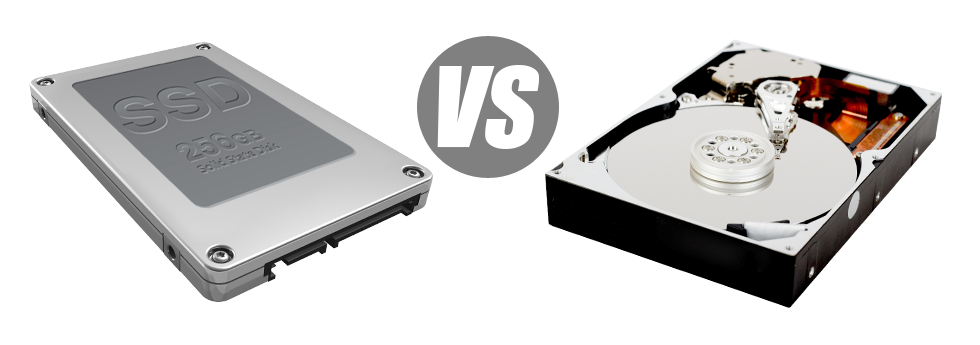At present, pretty much all brand new computer systems come with SSD drives as a substitute for HDD drives. You’ll find superlatives on them all over the professional press – that they are faster and perform much better and they are actually the future of home computer and laptop manufacturing.
Nevertheless, how can SSDs stand up in the web hosting world? Could they be efficient enough to substitute the proven HDDs? At United Kingdom Zoaputer, we will assist you much better comprehend the dissimilarities among an SSD and an HDD and choose the one that most accurately fits you needs.
1. Access Time
SSD drives present a completely new & inventive method to data safe–keeping using the use of electronic interfaces rather than any kind of moving components and turning disks. This innovative technology is considerably quicker, enabling a 0.1 millisecond file access time.
The technology behind HDD drives dates all the way to 1954. And even while it has been substantially polished over the years, it’s nevertheless can’t stand up to the innovative concept driving SSD drives. Having today’s HDD drives, the highest file access speed you’re able to reach differs somewhere between 5 and 8 milliseconds.
2. Random I/O Performance
With thanks to the very same radical strategy allowing for speedier access times, it is possible to experience greater I/O effectiveness with SSD drives. They will accomplish two times as many operations during a specific time in comparison with an HDD drive.
An SSD can manage at the very least 6000 IO’s per second.
With an HDD drive, the I/O performance gradually raises the more you apply the drive. Having said that, as soon as it actually reaches a certain limitation, it can’t proceed speedier. And because of the now–old technology, that I/O cap is noticeably lower than what you might have with an SSD.
HDD are only able to go as far as 400 IO’s per second.
3. Reliability
SSD drives are lacking virtually any moving elements, meaning that there’s much less machinery within them. And the less actually moving parts you will find, the fewer the chances of failing will be.
The regular rate of failing of an SSD drive is 0.5%.
Since we have already documented, HDD drives rely on rotating disks. And anything that employs a lot of moving parts for extended time periods is at risk from failure.
HDD drives’ common rate of failure ranges somewhere between 2% and 5%.
4. Energy Conservation
SSDs are lacking moving elements and require little or no chilling power. Additionally they call for a small amount of power to perform – trials have established that they can be operated by a standard AA battery.
In general, SSDs consume between 2 and 5 watts.
HDD drives can be notorious for becoming noisy; they can be at risk from getting too hot and if you have several disk drives in a server, you must have an extra cooling device only for them.
In general, HDDs use up in between 6 and 15 watts.
5. CPU Power
SSD drives permit a lot faster data file access speeds, which, consequently, allow the processor to perform data queries considerably faster and after that to return to different tasks.
The common I/O wait for SSD drives is barely 1%.
HDD drives accommodate slower accessibility rates compared with SSDs do, resulting for the CPU required to hang on, while saving assets for your HDD to locate and return the requested data file.
The common I/O delay for HDD drives is approximately 7%.
6.Input/Output Request Times
It’s about time for some real–world cases. We ran a full system backup on a hosting server using only SSDs for file storage purposes. In that operation, the normal service time for any I/O request kept under 20 ms.
Throughout the exact same trials with the exact same server, now installed out using HDDs, overall performance was noticeably slow. During the web server data backup procedure, the common service time for any I/O requests varied somewhere between 400 and 500 ms.
7. Backup Rates
Yet another real–life advancement is the speed with which the back up is made. With SSDs, a server backup now can take under 6 hours using United Kingdom Zoaputer’s server–designed software.
On the other hand, with a web server with HDD drives, a comparable backup could take three to four times as long to complete. A full backup of any HDD–driven web server typically takes 20 to 24 hours.
To be able to instantly enhance the overall performance of your websites without the need to transform any code, an SSD–powered website hosting service is really a good choice. Check out United Kingdom Zoaputer’s web hosting packages packages plus our Linux VPS web hosting packages – these hosting solutions feature swift SSD drives and are available at cost–effective price points.
Hepsia
- Live Demo
Service guarantees
- United Kingdom Zoaputer’s Virtual Private Servers include no installation service fees and operate in a dependable network providing 99.9% of uptime. Full root server access rights warranted.
Compare our prices
- Check out our rates and pick the very best Virtual Private Server for your dynamic websites. You can easily migrate to a more powerful VPS Web Hosting setup with just a click of the mouse.
- Compare our hosting plans
Contact Us
- Get in touch with us 24 hours by email or by making use of the extra–fast ticketing system. Our technicians are ready to answer all of your questions in up to 60 minutes.














